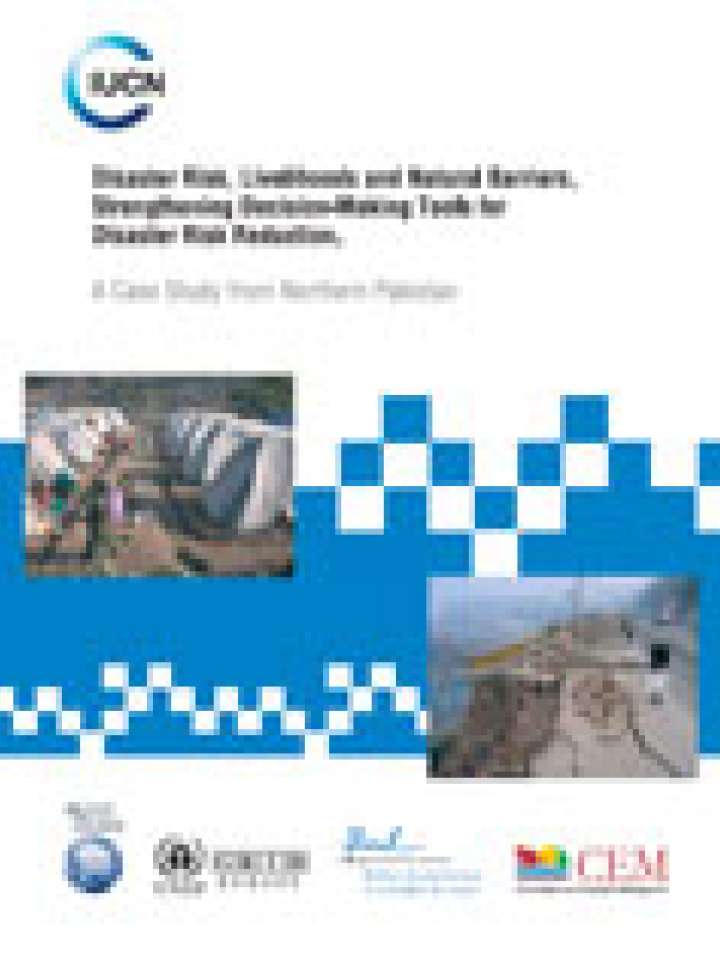Disaster risk, livelihoods and natural barriers, strengthening decision-making tools for disaster risk reduction: a case study from Northern Pakistan
The goal of this interdisciplinary study is to better understand the land use factors that increase vulnerability of mountain areas in northern Pakistan. The study will identify and analyse the damages and losses caused by the October 2005 earthquake in two areas of the same valley: one "low-risk" watershed with sound natural resources management, the other, "high-risk" in an ecologically degraded watershed. Secondly, the study will examine natural and man-made causes of secondary hazards in the study area, especially landslides; and third it will evaluate the cost of the earthquake damage in the study areas on the livelihoods of local communities and the sub-regional economy.
There are few interdisciplinary studies to have correlated community land use practices, resources management, and disaster risk reduction in high-risk mountain areas. By better understanding these linkages, development- humanitarian- and donor agencies focused on disaster reduction can improve their risk reduction programs for mountainous regions.
Explore further
